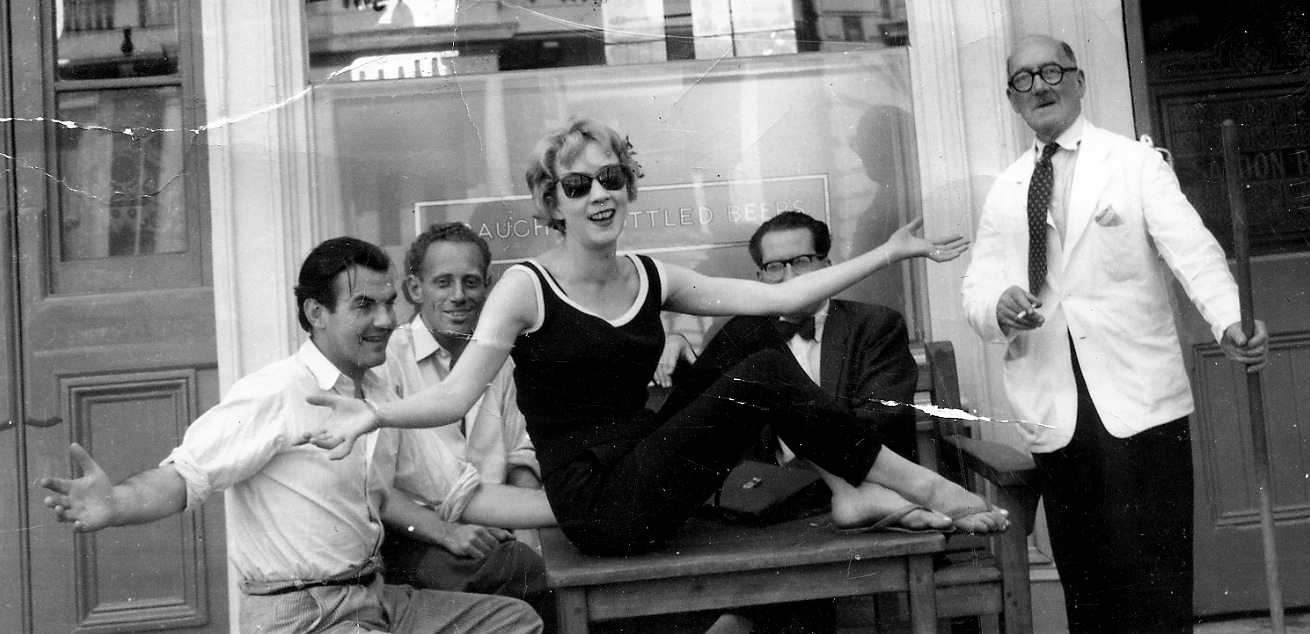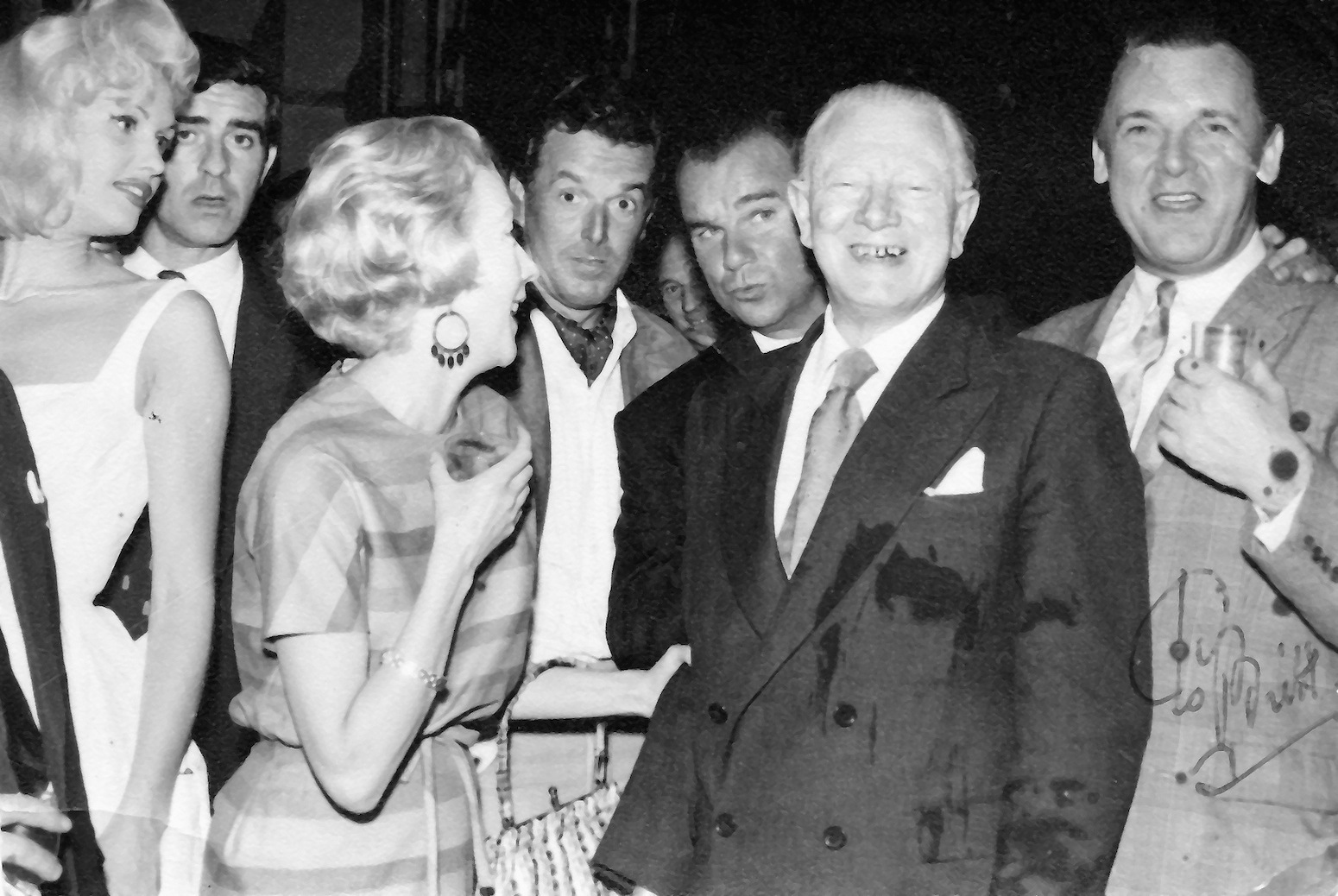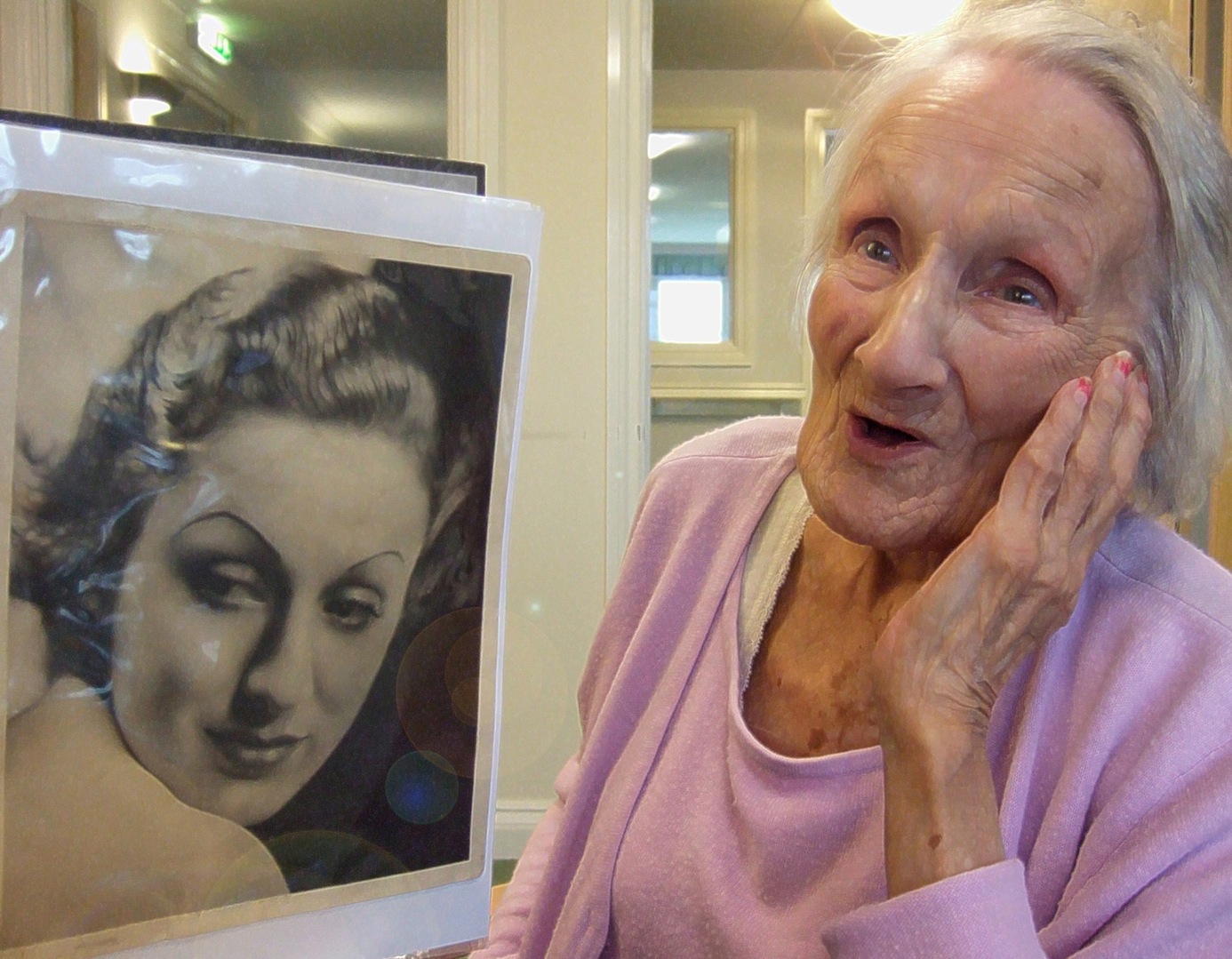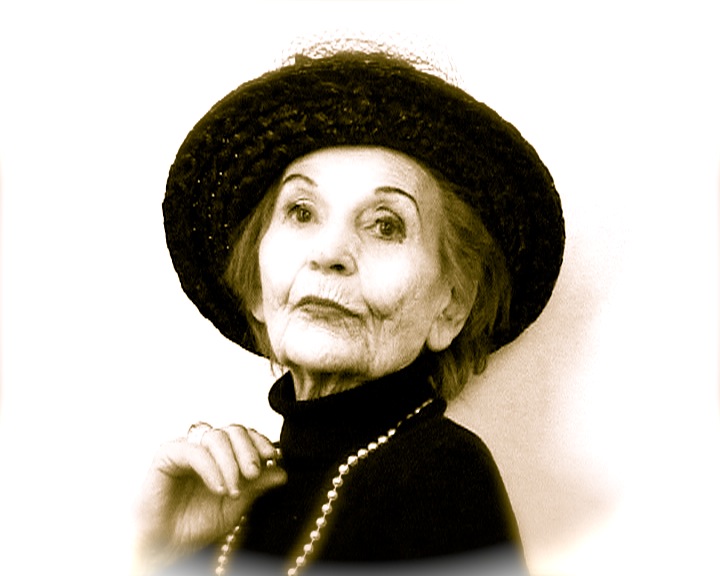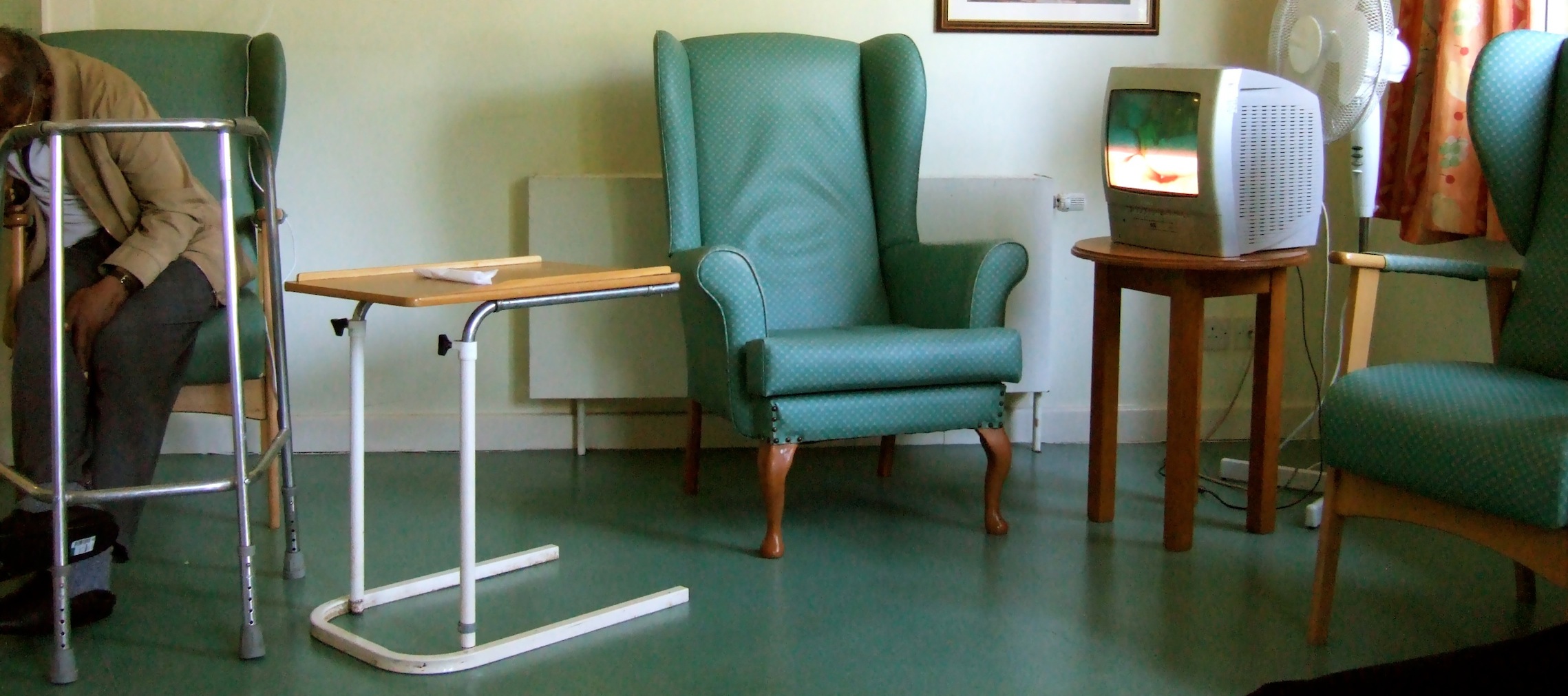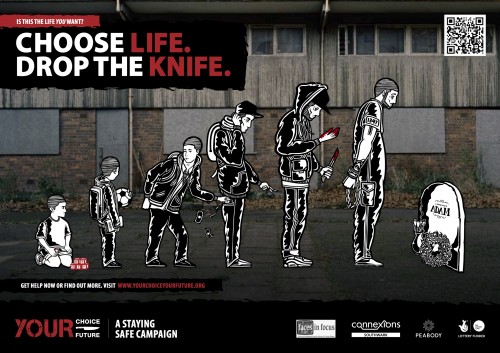For Streetwise course participant Peter Lomas, the harassment came in the form of kids throwing stones. Another participant on Peter’s course had been so shaken by the shouting and swearing she faced when getting a bus that she was too scared to leave her own home. Others had been conned by people they thought were friends who persuaded them to lend them money they then never saw again.
Bullying of people with learning disabilities can take many forms. According to the charity Mencap, as many as nine out of 10 nationally have been a victim of some form of hate crime or harassment.
That’s why Connect in the North, a Leeds-based organisation led by people with learning disabilities, has been running Streetwise, a tailor-made course to boost the confidence and independence of people with learning disabilities who might be vulnerable to harassment.
The course, which ran last summer and is being provided again this August, it’s run in the summer to allow people who go to college to attend. It brings participants together in a supportive atmosphere to talk through strategies for staying safe when they’re out and about in the city.
In the gaps between the four sessions, held once a week, those on the course are encouraged to go by themselves and then report back on their experiences, with their goals very much tailored to their own experience and capacity so that they are not putting themselves at risk. It’s a simple idea, but an effective one.
For, as Connect in the North consultant and trainer Sarah Wheatley explains, even just a little bit more independence can make a huge difference to people’s lives.
“Some people went from always being met by their support worker at home to meeting them at the bus stop,” she says, “that might not look like big progress but that was incredible for them, that they were starting to get independent. And one woman who had been so knocked back by her awful experience of abuse said on the last day she was going to go to the theatre with a friend and get the bus there herself. She did it.”
A report published by Connect in the North last year showed that, among the successful outcomes experienced by 22 people on the course, one person who often got lost planned and practiced a new journey, another travelled in taxis without support while others used buses, train and a coach for the first time.
Being on the receiving end of verbal abuse – or worse – can be incredibly frightening, But it’s also the fear of the unknown which can prevent people with learning disabilities from getting out on their own. “It’s things like who do you go to if you get horribly lost,” says Sarah. “It’s about building strategies to keep safe rather than thinking the only person I can call on is my support worker or the police. So if you’re on the bus and you miss the stop, then you could just go round again. And in Leeds we’ve got a Safe Places scheme, so there are shops and other buildings people can go in if they’re lost or need help.”
Streetwise also addresses the issue of “mate crime”, an all-too common experience for those with learning disabilities. “It’s the biggest risk – there are probably more cases than somebody being abused,” says Sarah. “People will pretend to be their friend and then borrow money and not pay it back. It’s about teaching the people on the course that that is not all right and they are worth more than that.”
It’s a sad fact that with social care resources ever more stretched, the one-to-one support available for people with learning disabilities for activities deemed non-essential is unlikely to increase any time soon. But who can put a value on being able to take a stroll to the shops or a bus trip to a community get-together?
Peter, who’s one of the directors of Connect in the North, relishes his own independence and is a powerful advocate for the Streetwise model after being on the course himself. “I’d tell anyone it’s a good thing to do,” he says. “It tells you what is safe and not safe.”

